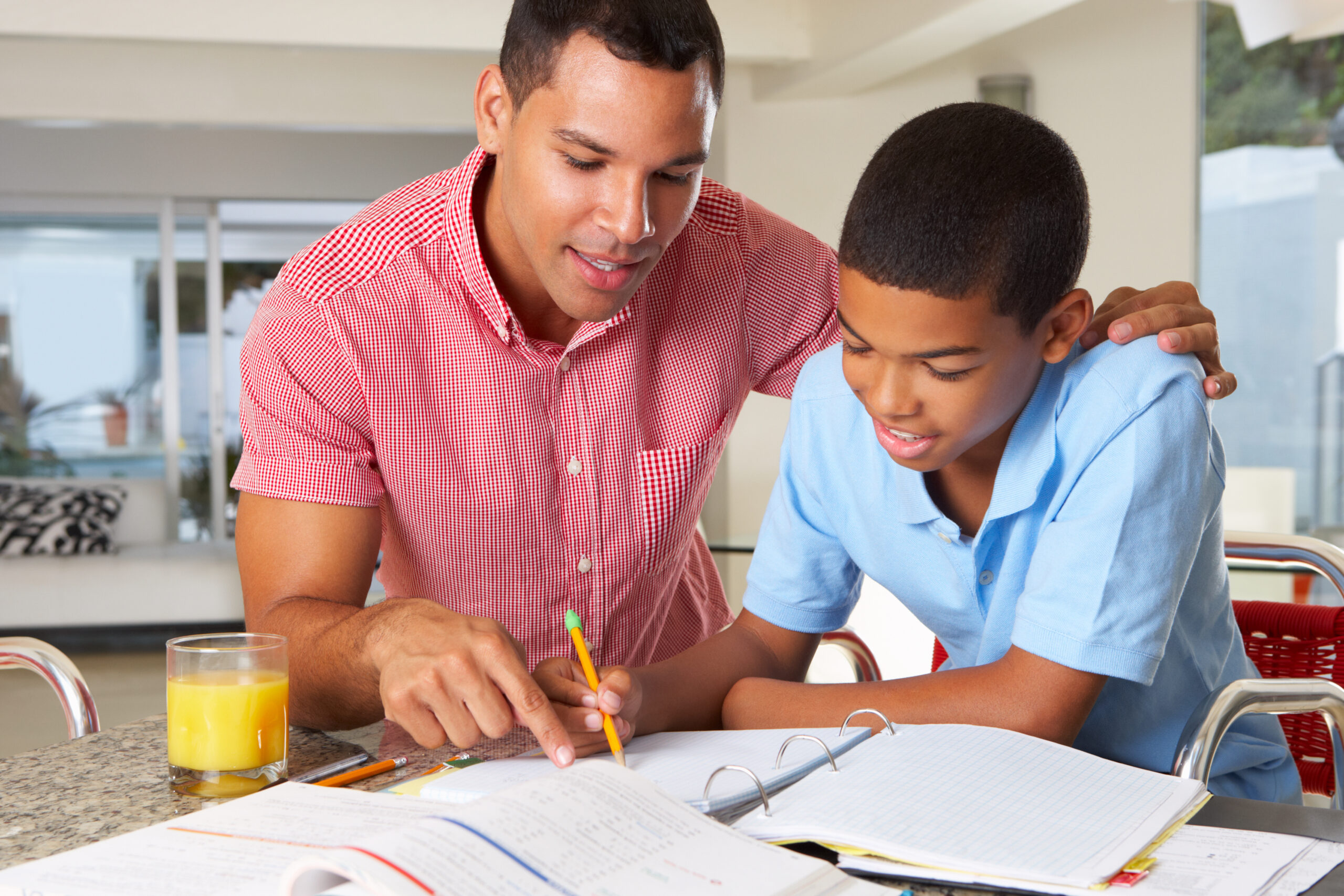Share this article.
When we own something, it’s ours. It belongs to us. No one else can ever take it away. Isn’t that what we want our children to feel about their learning?
Yes, it is.
But it is much more than a feeling. It is also the life skill our children need to be successful in the future. In other words, success in the future is not about what we know, but rather, what we can do with what we know. This means that your child needs the ability to identify:
- What skills they need to learn in order to do their job more effectively and efficiently,
- What these skills look like at the highest level,
- What their methods are for learning these skills,
- How to recognize if they are learning or if they are struggling,
- How to ask for help—and respond to the feedback with a growth mindset,
- What their specific learning needs are and how to get extra support, and
- How they support others in the same situation.
 What we have just described is student ownership. Someone who has true ownership of their learning is one who self-directs, self-evaluates, self-reflects, and self-controls their own learning. This is exactly what colleges and employers are looking for.
What we have just described is student ownership. Someone who has true ownership of their learning is one who self-directs, self-evaluates, self-reflects, and self-controls their own learning. This is exactly what colleges and employers are looking for.
But this isn’t easy to achieve. It will take a community to support your child to own their learning. And, you, as the parent and caregiver, are an important part of this community.
Student Ownership in Is Key
When you hear the word “assessment,” you probably think of tests, quizzes, multiple-choice, short-answer, essays, all the types formats that teachers use to grade our students. But, what if we shift how we think about assessment? What if we think about it as something students have a leadership role in? What if they could use it as a tool to guide their learning?
“For many teachers, assessment occurs at the end of the lesson, unit, or course. It is used primarily to determine what the student knows or doesn’t know. Almost all assessments are viewed as summative, and the vast majority are some kind of formalized test. Teachers then discuss students in terms of their test scores—Jose received 98 percent on the midterm and is ready for geometry; Erika got an F on the midterm and needs to repeat algebra 1. Thus, in most classrooms, we find assessment of learning, not assessment for learning. This is why we hear students say that the teacher ‘gave me that grade’ and not ‘I made the decision to earn that grade.’
This approach to assessment tends to make the teacher the focus—they are the final judge of what students know or don’t know. We need to flip this to make the student the focus—they are the judge of their own knowledge and skills.” (Crowe and Kennedy, 2023)
In other words, we need to think about assessment differently. We need to think of it as more than a teacher’s test. We need to know that it is also the student’s ability to check for understanding so they can know every step of the way when they are learning and when they are struggling. That is student ownership. That’s why it matters.
Student Ownership at Home
For your child to be successful and take ownership of their learning at home, they need to think about and reflect upon how and if they are learning. Your child will have more success and be more motivated to keep working if they own how to check their understanding while they are learning. They will know the value of consistent checking for understanding and, most importantly, they will know when and how to ask for help.
What does that look like? Well, it looks like this…your child is owning how well they are learning when they can answer these questions:
- What am I learning and how will I know I have learned it?
- How can I check my understanding throughout the learning?
- How will I know if I am on track or if I am struggling?
- What can I do if I am struggling?
Questions like these help students expand their thinking, develop metacognitive skills, and become more aware of their own strengths and weaknesses. Your role is to support your child in asking these questions and discussing their answers.
How do you do this? Keep reading…
Tools for You that Build Ownership of Learning
First, use this “Own It!” guide to begin supporting your child in owning how well they are learning. Before your child begins and while they are working, talk to them about the assignment. Use these questions to support their ownership of how well they are learning. If needed, use the sentence frames to prompt your child’s answers that show they are owning how well they are learning.
Click here to download this “Own It” guide in Spanish.
Our Role in Supporting Student Ownership at Home
Whether it’s reading or mathematics or another content-area, we know that learning, and the skills of learning, transcend beyond the classroom walls. The students themselves become the most effective advocates for their learning when they possess the skills to take ownership of it. But, it is our role and responsibility as the adults to support our students by helping them develop their skills of ownership. We invite you to check out our other resources for parents and caregivers that will help you help your child.
Continue the Learning
Check out these articles and resources to continue your learning about this topic…
The Learning Brief
In this article you learned…
- Why student ownership matters.
- What your role is in supporting your child to own how well they are learning.
- How to use a series of questions and sentence frames that support your child’s checking for understanding as they work at home.
Can you imagine building an environment full of motivated, engaged, and eager students who own their learning?
We can.


